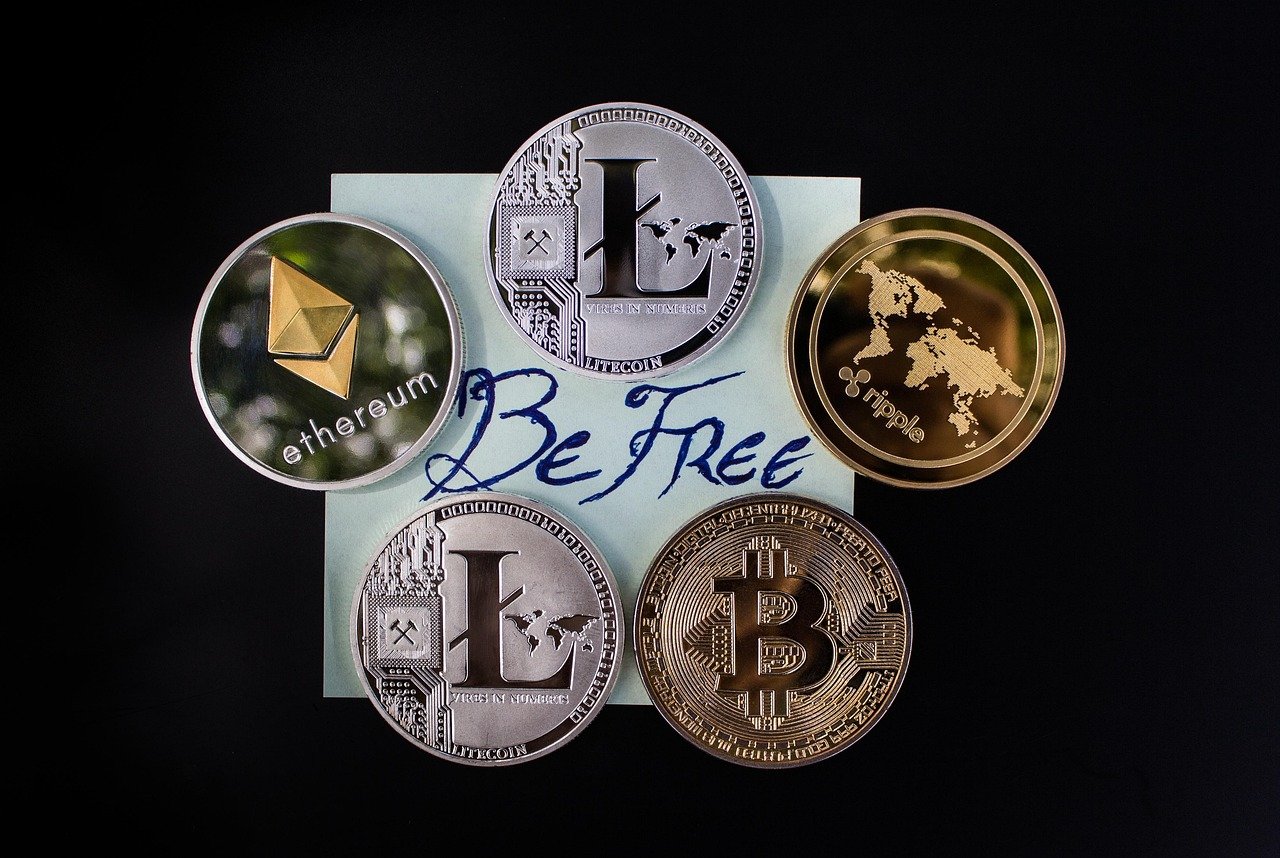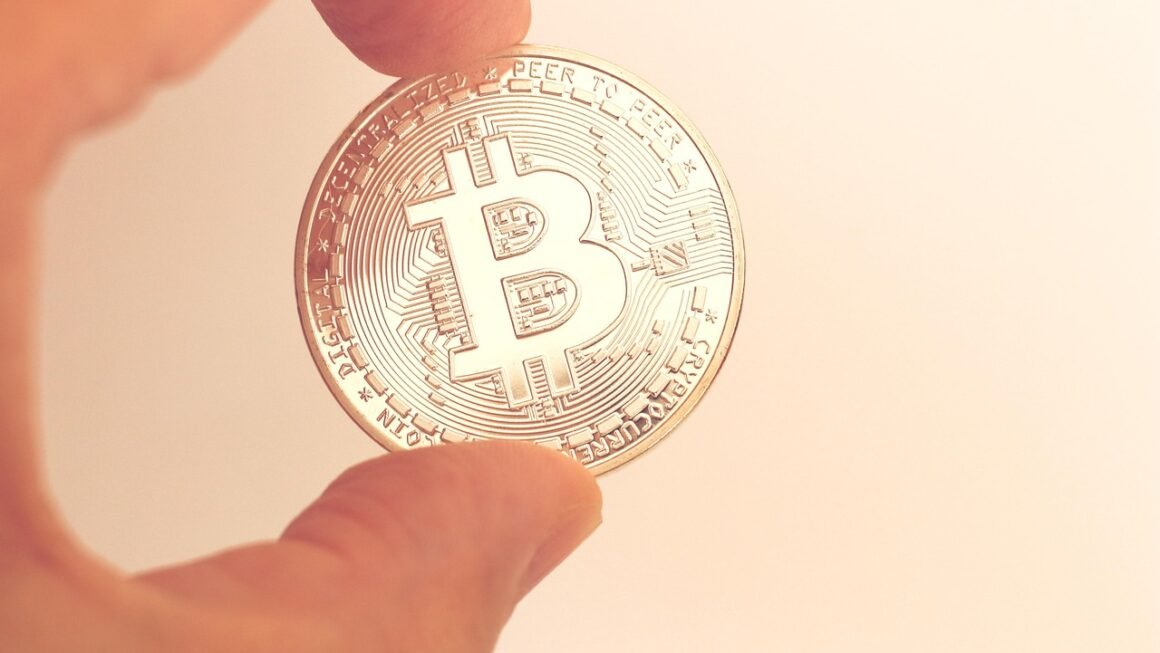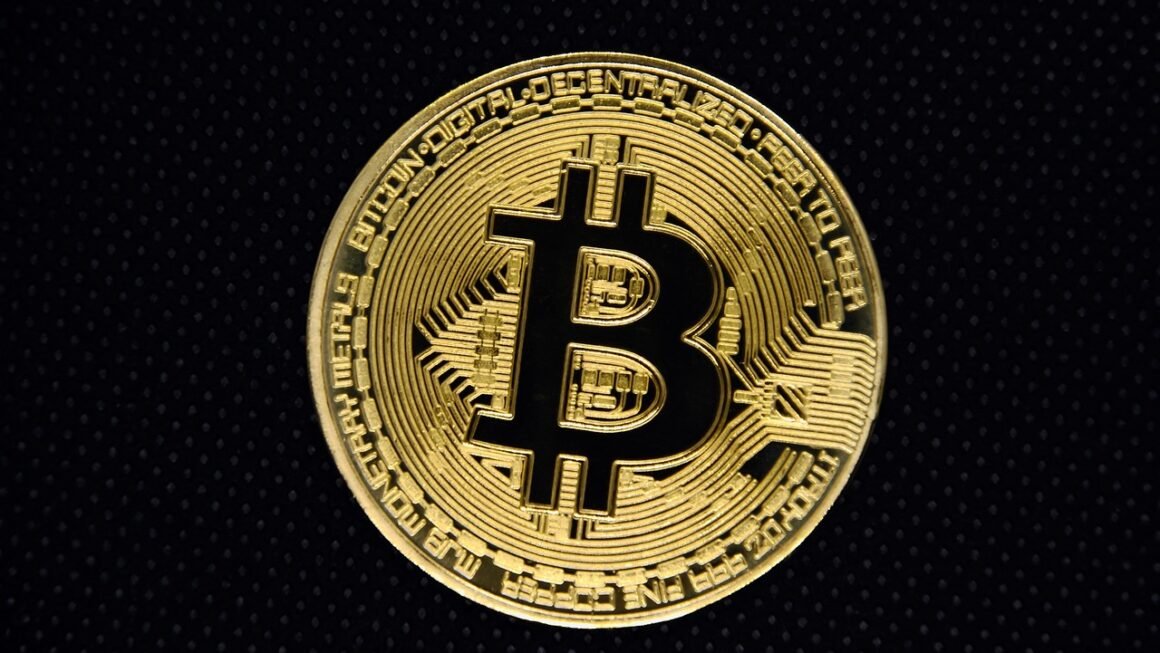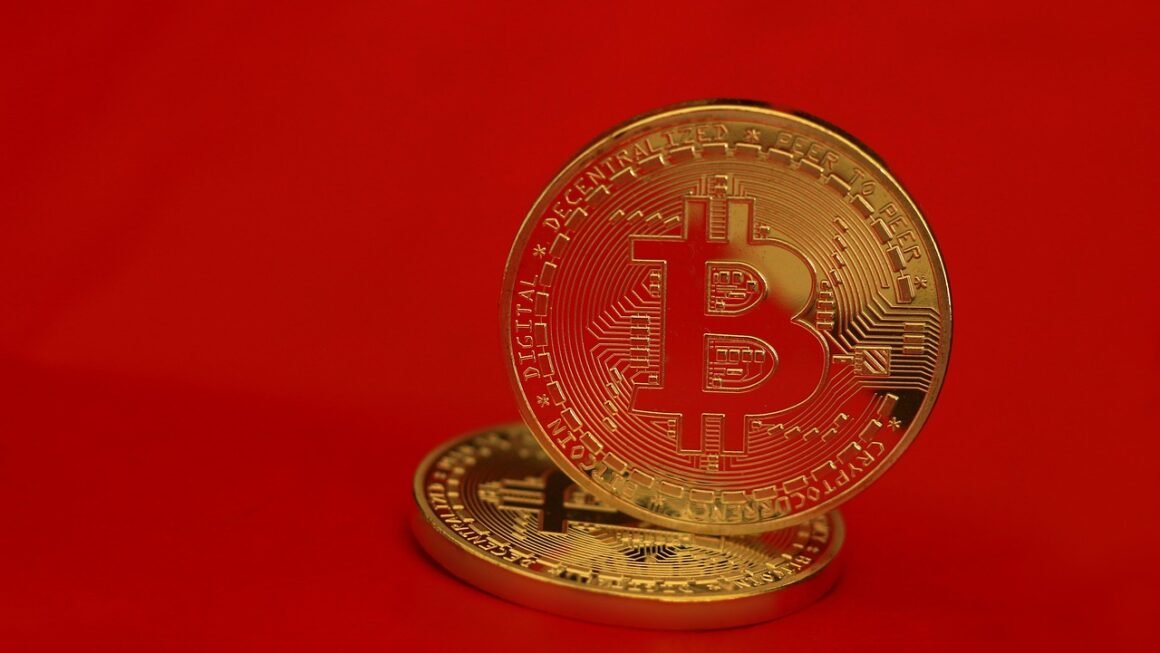Decentralized exchanges, or DEXes, are revolutionizing how we trade cryptocurrencies. Shifting away from the traditional centralized model, DEXes offer a more transparent, secure, and permissionless way to buy, sell, and swap digital assets. This article will delve into the intricacies of DEXes, exploring their mechanisms, advantages, and potential impact on the future of finance.
What is a Decentralized Exchange (DEX)?
Understanding the Core Concept
Decentralized exchanges are cryptocurrency exchanges that operate without a central intermediary. Unlike centralized exchanges (CEXes) like Coinbase or Binance, DEXes allow users to trade directly with each other. This peer-to-peer (P2P) trading occurs on a blockchain, typically using smart contracts to automate and enforce the exchange process.
- Key Feature: Elimination of central authority. This means no single entity controls your funds or the trading process.
- Underlying Technology: Smart contracts automate trades, reducing the need for trust in a third party.
- Benefits for Users: Increased privacy and control over their assets.
How DEXes Work: A Practical Example
Imagine Alice wants to trade ETH for USDC. On a centralized exchange, Alice would deposit her ETH into the exchange’s wallet, and the exchange would match her order with someone selling USDC. In contrast, on a DEX like Uniswap, Alice interacts directly with a smart contract. She sends her ETH to the smart contract, which, based on a pre-defined algorithm (usually an Automated Market Maker, which we’ll discuss later), automatically swaps her ETH for USDC at the current exchange rate. Alice then receives her USDC directly back into her wallet.
The Rise of DEXes: Statistics and Trends
DEX trading volume has seen substantial growth in recent years. According to data from Statista, the daily trading volume on DEXes reached billions of dollars in 2023, highlighting their increasing popularity and adoption within the crypto community. This growth is driven by factors like increasing awareness of decentralized finance (DeFi) and concerns about the security risks associated with centralized exchanges.
The Advantages of Using a DEX
Enhanced Security
- Custody of Funds: Users retain complete control over their private keys and funds. This significantly reduces the risk of losing assets due to exchange hacks or mismanagement. On a CEX, your funds are held in the exchange’s wallet, making them a target for potential attacks.
- Reduced Counterparty Risk: Smart contracts ensure that trades are executed as agreed, minimizing the risk of counterparty default. The smart contract acts as an impartial escrow, releasing funds only when the conditions of the trade are met.
- Transparency: Transactions are recorded on the blockchain, making them publicly auditable. This level of transparency is generally absent in traditional centralized exchanges.
Greater Privacy
- No KYC/AML Requirements (Typically): Many DEXes do not require users to undergo Know Your Customer (KYC) or Anti-Money Laundering (AML) procedures. This allows users to trade without revealing their personal information, increasing their privacy. Note: Regulations may evolve and impact this aspect.
- Pseudonymous Trading: Transactions are linked to wallet addresses rather than personal identities, providing a level of anonymity. While not completely anonymous (blockchain data is publicly available), it provides a significant privacy improvement over CEXes.
- Example: A user who wants to buy a small amount of cryptocurrency without revealing their identity might prefer using a DEX like PancakeSwap over Coinbase, which requires extensive personal information.
Accessibility and Inclusivity
- Permissionless Trading: Anyone with a cryptocurrency wallet can access and use a DEX, regardless of their location or financial background. This contrasts with CEXes, which may have restrictions based on geographical location or regulatory compliance.
- Access to New and Emerging Tokens: DEXes often list new and emerging tokens before they are available on centralized exchanges. This provides users with early access to potentially high-growth assets.
- Global Reach: DEXes operate 24/7 and are accessible from anywhere in the world with an internet connection.
Types of DEXes: Order Book vs. Automated Market Makers (AMMs)
Order Book DEXes
Order book DEXes function similarly to traditional centralized exchanges, but with the added benefit of decentralization. They use an order book to match buyers and sellers based on their specified prices and quantities.
- Matching Mechanism: Buyers and sellers place orders in an order book, and the exchange matches compatible orders to execute trades.
- Example: Loopring is a well-known order book DEX that utilizes Layer-2 scaling to improve transaction speed and reduce fees.
- Advantages: Familiar trading experience for those used to centralized exchanges.
- Disadvantages: Can suffer from liquidity issues, especially for less popular trading pairs.
Automated Market Makers (AMMs)
AMMs are a more innovative type of DEX that utilizes liquidity pools and algorithms to automatically determine the price of assets. They don’t rely on traditional order books.
- Liquidity Pools: Users provide liquidity to pools of tokens, receiving a portion of the trading fees generated by the pool. This incentivizes users to contribute to the exchange’s liquidity.
- Pricing Algorithm: The price of assets is determined by an algorithm, typically based on the ratio of tokens in the liquidity pool. For example, Uniswap uses the formula xy=k, where x and y are the quantities of the two tokens in the pool, and k is a constant.
- Example: Uniswap is one of the most popular AMMs, known for its ease of use and deep liquidity pools. Other notable AMMs include PancakeSwap (on Binance Smart Chain) and SushiSwap.
- Advantages: Easier access for new tokens and projects, often offering more liquid trading than Order Book DEXes.
- Disadvantages: Impermanent loss (the risk of losing value compared to simply holding the tokens) can be a concern for liquidity providers.
Choosing the Right DEX Type
The best type of DEX depends on your trading style and priorities. Order book DEXes may be suitable for experienced traders who are familiar with order books and limit orders. AMMs, on the other hand, are generally easier to use and offer more liquidity for a wider range of tokens. Understanding the nuances of each type will enable you to make informed decisions.
Key Concepts: Liquidity Pools and Impermanent Loss
Understanding Liquidity Pools
Liquidity pools are at the heart of AMMs. They are essentially pools of tokens that are locked into a smart contract. These pools provide the liquidity needed for users to trade tokens on the DEX.
- How They Work: Liquidity providers (LPs) deposit equal values of two different tokens into a liquidity pool. For example, an LP might deposit $100 worth of ETH and $100 worth of DAI into an ETH/DAI liquidity pool.
- Incentives for LPs: LPs earn a portion of the trading fees generated by the pool. The fees are typically distributed proportionally to the amount of liquidity each LP has provided.
- Impact on Trading: Liquidity pools enable instant trading without the need for a counterparty on the other side of the order book.
Navigating Impermanent Loss
Impermanent loss (IL) is a risk associated with providing liquidity to AMMs. It occurs when the price ratio between the tokens in the liquidity pool changes.
- What it Means: IL happens when the value of your deposited tokens compared to simply holding them* decreases due to price divergence. It’s “impermanent” because the loss is only realized if you withdraw your liquidity at that point. If the price ratio reverts to its original state, the loss disappears.
- Example: Imagine you deposit ETH and DAI into a liquidity pool when ETH is worth $2,000. If the price of ETH doubles to $4,000, your liquidity pool holdings will adjust to maintain the equal value ratio. However, you would have been better off simply holding the ETH, as its value would have increased by more.
- Mitigating IL: Some strategies to mitigate IL include providing liquidity to stablecoin pairs (e.g., USDT/USDC) or choosing pools with lower volatility.
Using a DEX: A Step-by-Step Guide
Connecting Your Wallet
- Choosing a Wallet: Popular options include MetaMask, Trust Wallet, and Ledger (hardware wallet). Select a wallet that is compatible with the blockchain the DEX operates on (e.g., Ethereum, Binance Smart Chain).
- Connecting to the DEX: Visit the DEX’s website and connect your wallet. Most DEXes have a “Connect Wallet” button in the top right corner.
- Granting Permissions: The DEX will request permission to access your wallet. Review the requested permissions carefully before granting access.
Performing a Trade
- Selecting Tokens: Choose the tokens you want to trade. Ensure you have sufficient funds in your wallet to cover the transaction.
- Entering Trade Details: Enter the amount of tokens you want to swap. The DEX will display the estimated exchange rate and fees.
- Confirming the Transaction: Review the transaction details carefully before confirming. Your wallet will prompt you to sign the transaction.
- Transaction Fees (Gas): Be mindful of transaction fees, often referred to as “gas” on Ethereum. Higher gas fees can significantly impact the profitability of your trade. DEXes on blockchains with lower fees (e.g., Binance Smart Chain, Polygon) often offer cheaper alternatives.
Tips for Safe Trading
- Double-Check the Contract Address: Before interacting with a DEX or liquidity pool, always verify the smart contract address to avoid interacting with malicious or fake contracts.
- Start with Small Amounts: When using a new DEX, start with small amounts to familiarize yourself with the platform and minimize potential risks.
- Use a Hardware Wallet: For added security, consider using a hardware wallet to store your cryptocurrencies.
- Stay Informed: Keep up to date with the latest news and developments in the DeFi space to make informed trading decisions.
Conclusion
Decentralized exchanges are changing the cryptocurrency landscape, offering users increased security, privacy, and accessibility. While complexities like impermanent loss and gas fees require careful consideration, the benefits of DEXes are increasingly appealing. Whether you are an experienced trader or new to the world of crypto, understanding DEXes is essential for navigating the future of finance. As the DeFi space continues to evolve, DEXes are poised to play a vital role in shaping a more open, transparent, and decentralized financial system. By understanding their core principles, advantages, and potential risks, you can confidently participate in the exciting opportunities that DEXes offer.



